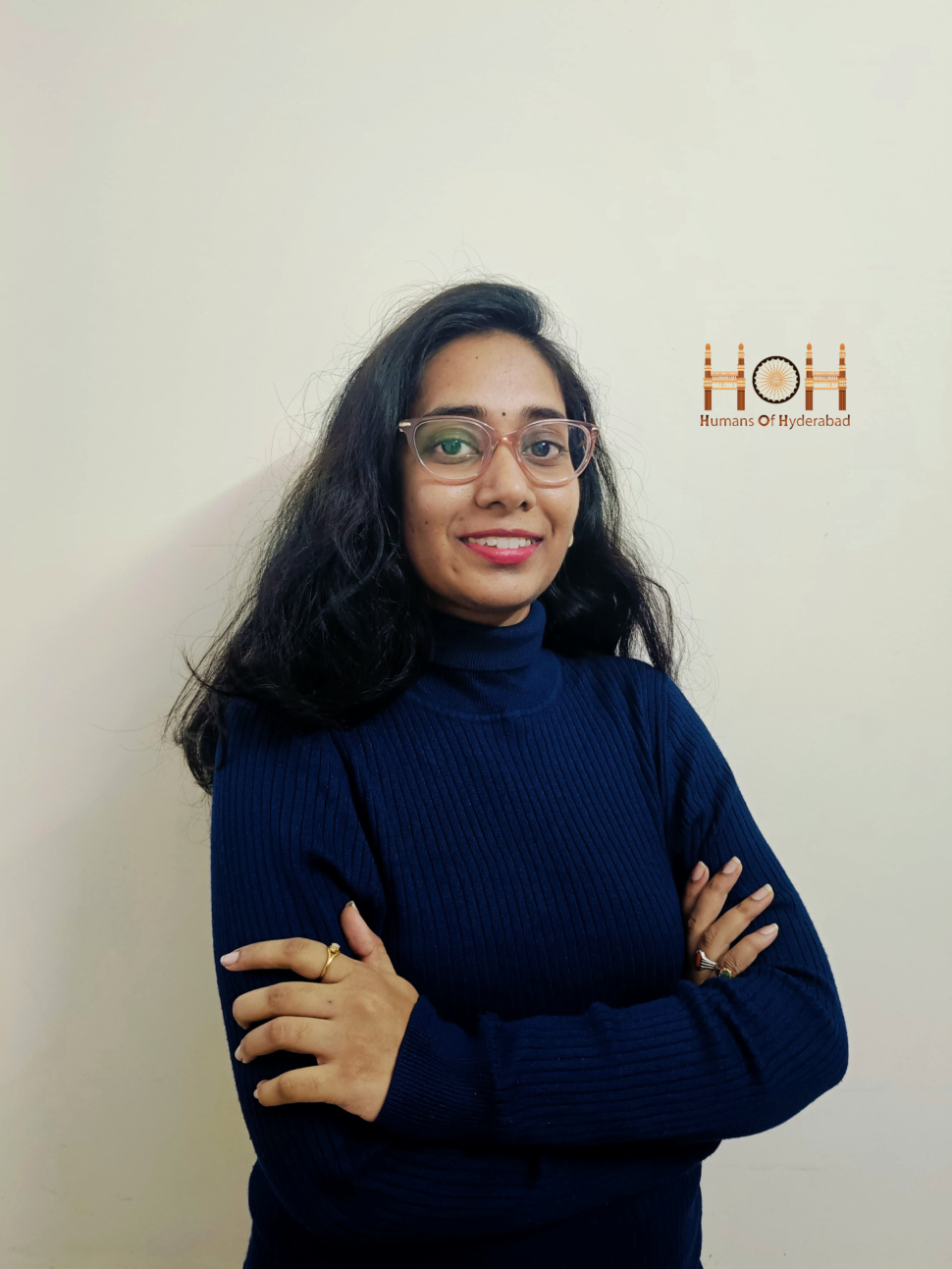“At 22, I was diagnosed with muscular dystrophy, a condition that had shown warning signs since I was 19. Back then, I thought my weakness was due to my lean body and felt ashamed when people teased me, calling me a matchstick. Local doctors advised me to eat more protein. I followed their recommendations and tried supplement therapies, believing my body just needed perfect shape. But no matter what I did, the weakness remained.
When I moved to Chennai for my master’s, climbing to my third-floor hostel room became a daily struggle, and I had frequent falls. I still dismissed it. But then came the floods of 2015. For a week, we were stranded without food. I was afraid they’d blame my eating habits, tell me to take better care of myself. So, I stayed silent. But deep down, I knew something was wrong.
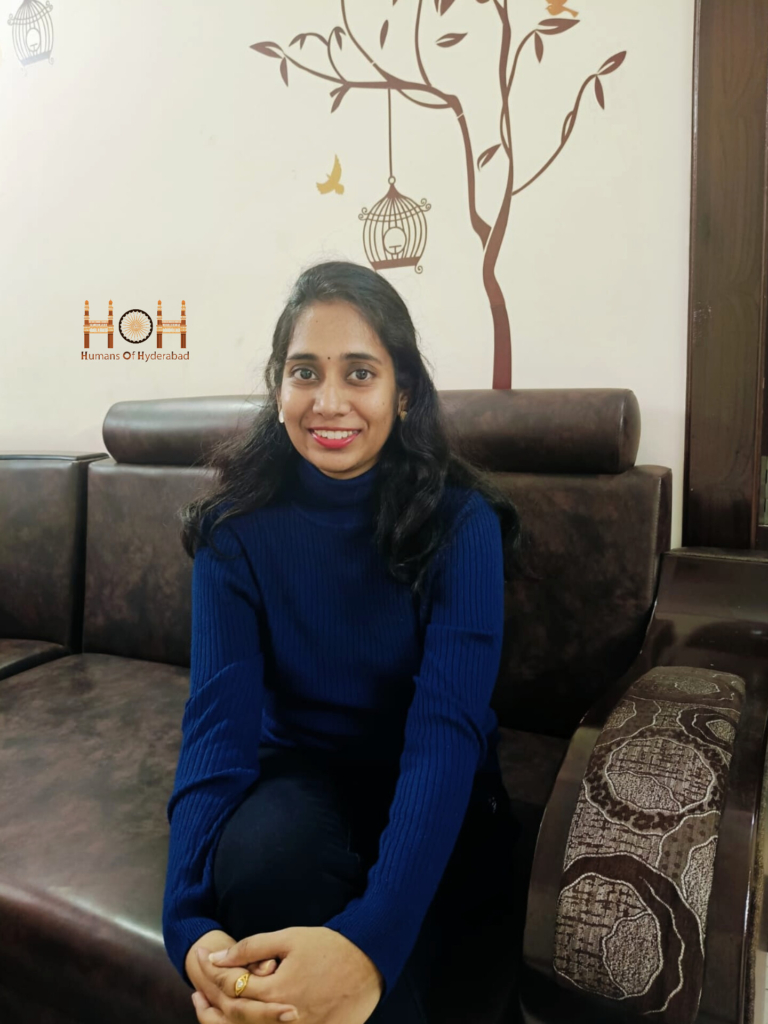
When I finally returned home, we went back to the doctors. They mentioned a term—’dystrophy’—but didn’t emphasize it. After performing a few basic tests, they simply recommended protein supplements again, so we didn’t think much of it. However, later, a couple of doctors delivered a devastating statement: I wouldn’t live beyond two years due to some vague condition they either mentioned or elaborated. That fear shattered my family.
We spent more than a year just chasing a diagnosis, moving from one hospital to another. But then resurfaced the Limb-Girdle Dystrophy diagnosis, an unfamiliar condition we were too shaken to fully grasp or process.
My father never let that define my world. He refused to let me drown in sympathy or fear. For nearly two years, we traveled across the country, consulting doctors, seeking answers, and learning about the condition. Simultaneously, we performed every traditional ritual suggested by astrologers, traveling to temples in remote corners of the country. Eventually, we stopped chasing cures and instead began shaping our lives around reality.
My biggest worry was about my job and marriage. I had just completed my postgrad, and my friends were securing good jobs, moving forward in their careers. I wanted that too. But job hunting turned into another battle.
Rejection after rejection, companies weren’t willing to hire someone with difficulty walking. It was disheartening, but I refused to give up.
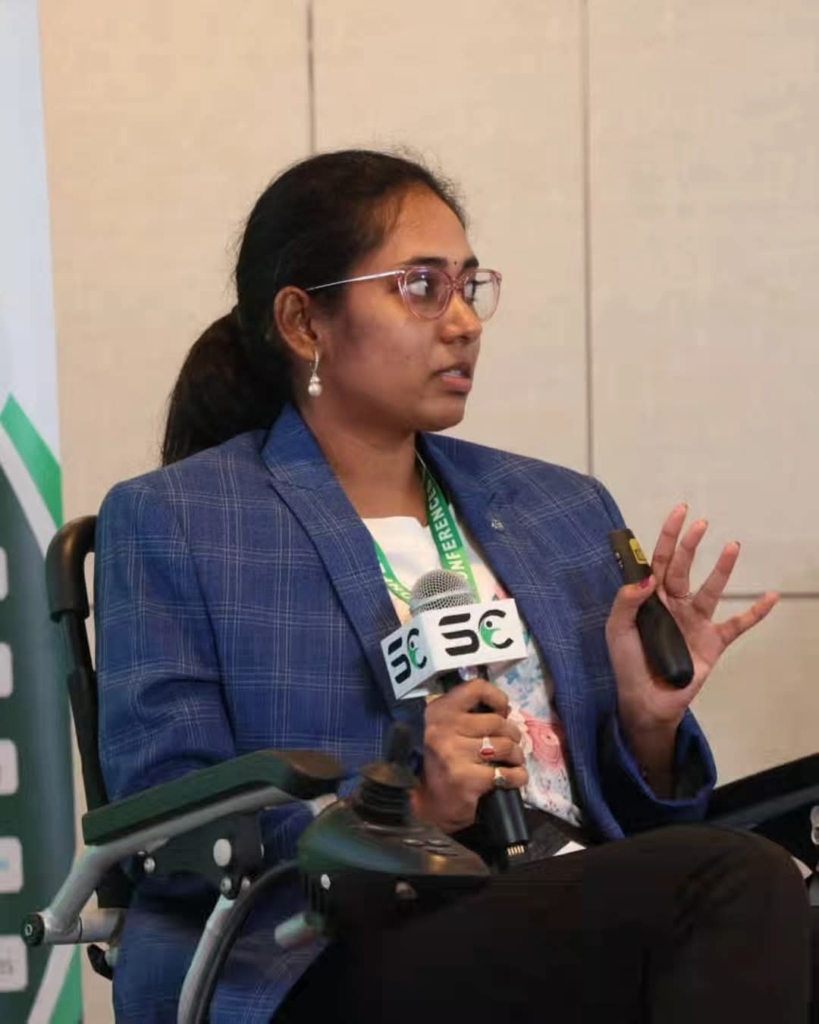
In 2019, I started my PhD while taking up a teaching position at a university near my home. It was my first real job, and I eventually transitioned to corporate employment. Initially, my PhD research focused on traditional drug development, but later, I started researching muscular dystrophy—not just for my PhD, but for my own survival.
That research led to something bigger. I met others like me, people struggling with the same challenges. Together, we founded the Amravati Muscular Dystrophy Association. In 2020, we organized a major event in collaboration with ORDI and CCMB, helping diagnose over 200 people. It was empowering to know we were making a difference.
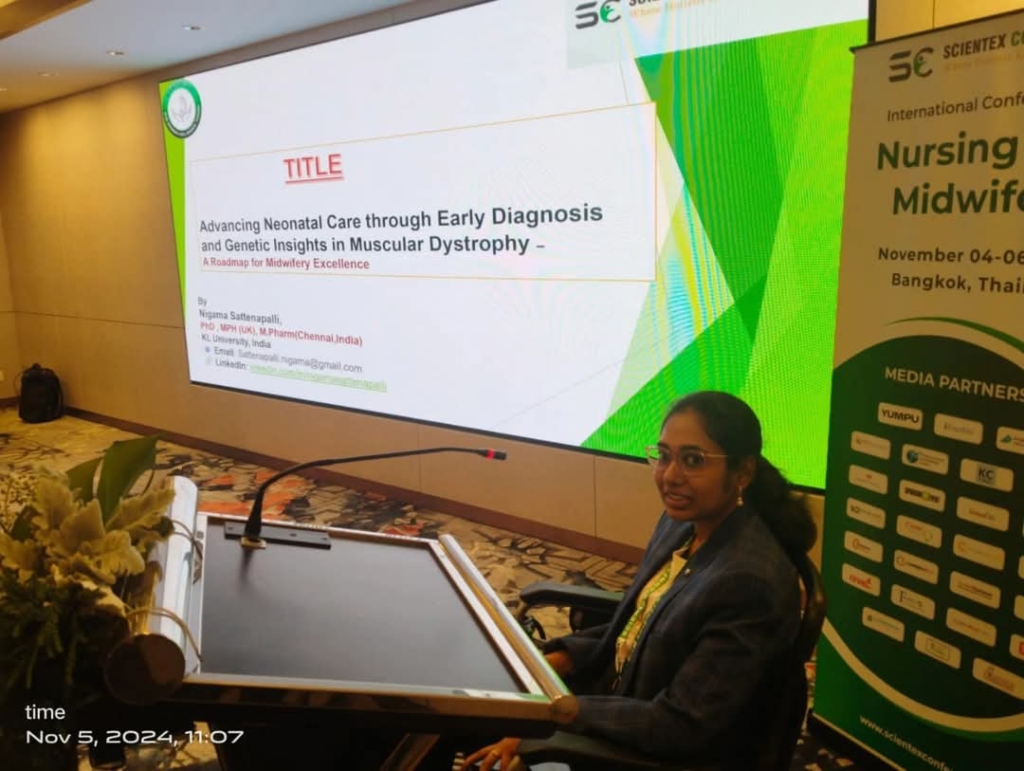
My PhD research focused on how muscular dystrophy is diagnosed and treated in India. I interviewed patients, analyzed clinical gaps, and explored systemic failures. It wasn’t easy. Gathering data, finding support—it felt like an uphill battle. But I persisted.
By 2022, I was ready to submit my thesis. Personally, the experience allowed me to prove to myself and others that I was capable. I initiated several diversity and inclusion initiatives, creating an environment that empowers employees regardless of their abilities or backgrounds. It also gave me confidence and a sense of purpose, helping me overcome stage fright and self-doubt. Then, an opportunity arose: a chance to study public health in the UK.
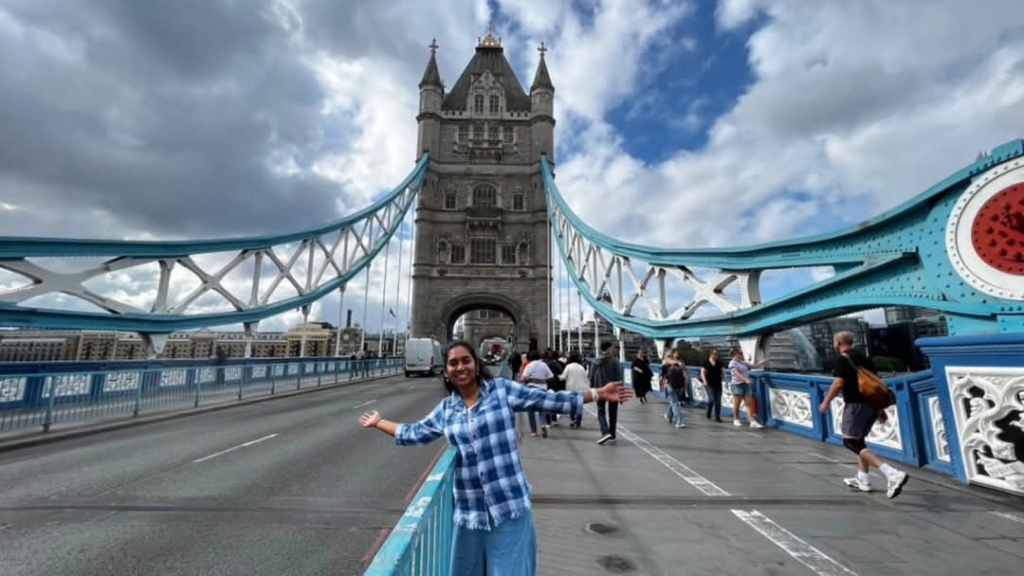
The UK was eye-opening. Accessibility was a given, not a privilege. I could travel independently, navigate public spaces without fear. It was liberating.
When I returned to India in 2023, life tested me once again. An unforeseen reality hit hard—I sank into depression, and my health began to deteriorate. Personal struggles triggered severe panic attacks, and soon after, I was hospitalized for 15 days due to pneumonia. It was one of the darkest periods of my life. But it also reinforced something I had learned long ago: I had no choice but to keep fighting.
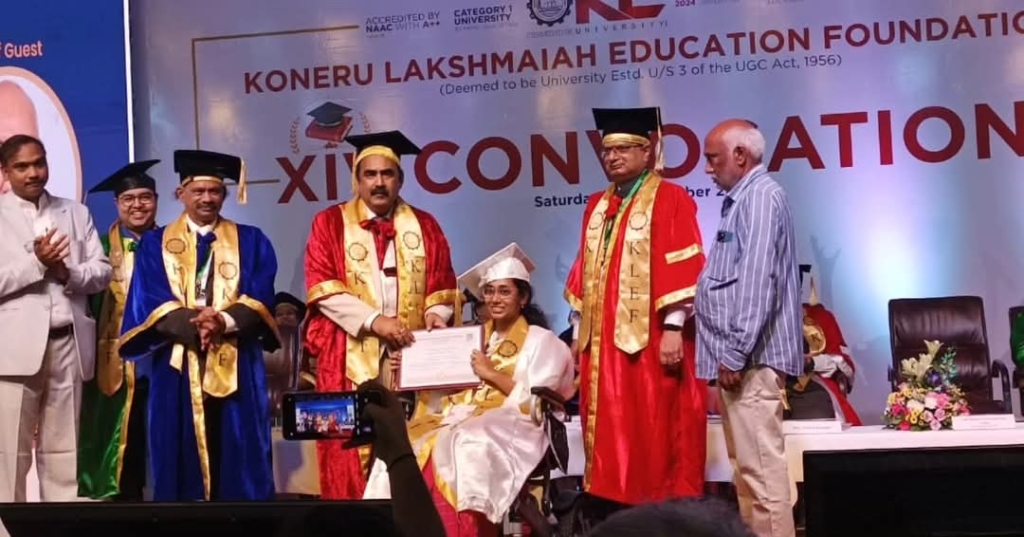
I defended my PhD soon after being discharged. My research has been published in esteemed peer-reviewed journals, and I’ve had the privilege of attending both national and international conferences. Finally, the day of my PhD convocation arrived. As the first PhD holder in my family, it was a moment of immense pride—especially for my father. People bowed to him, recognizing his efforts and strength in raising me. We even traveled internationally together—his first time abroad, just for me.
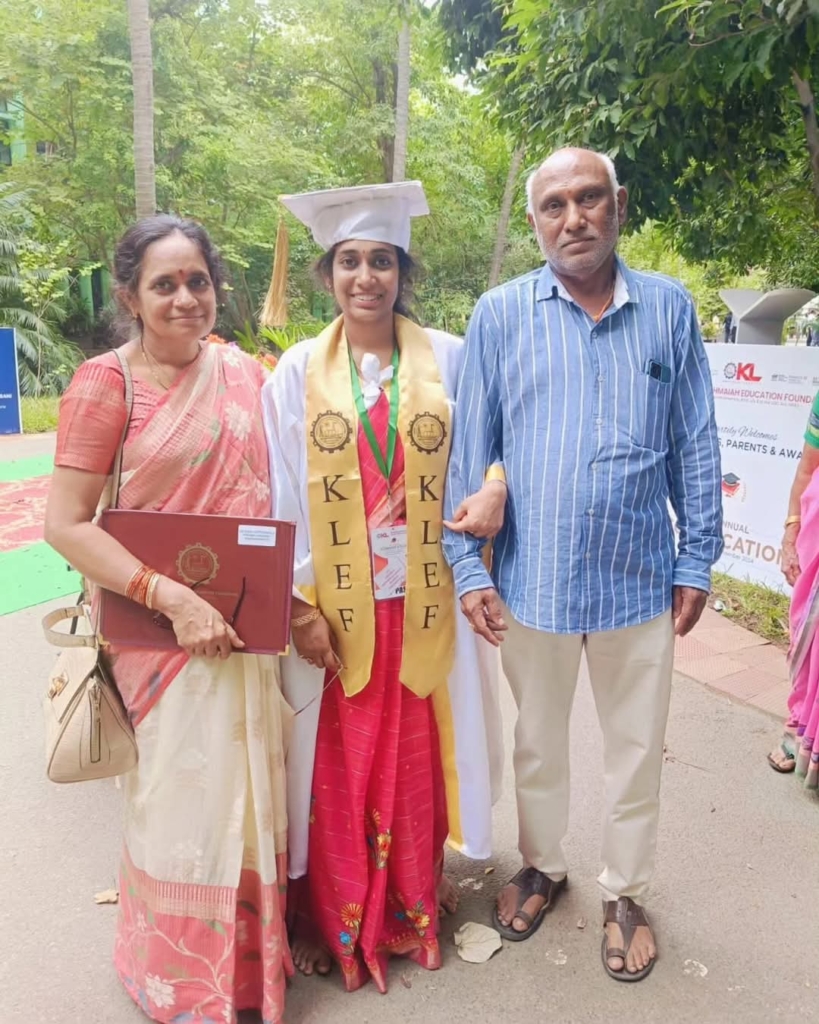
Then came January 1, 2025. The day that changed everything. My father, my biggest supporter, my guiding force—he passed away from a sudden stroke. His loss was devastating. He had always been the one who told me to push forward, no matter what. Our last conversation wasn’t of sorrow but of strength—“Never cry, fight your existence bravely.”
I dream of a cure. And I believe that one day, with advancements in AI and genetic research, that cure will come. Until then, I’ll keep fighting. Many times, I grieve and feel like giving up. But that’s never where my story ends. I climb up again. That’s the strength my father built in me, and that’s how I will continue his legacy.
This is my story—a journey of struggle, resilience, and hope. And I’m not done yet.”
- Dr. Nigama Sattenapalli
